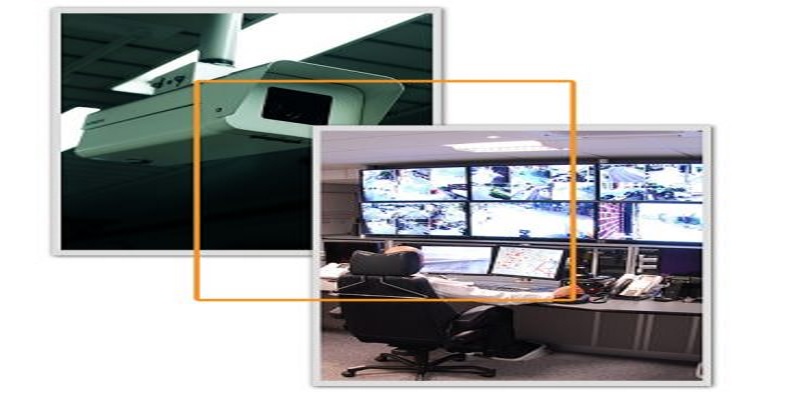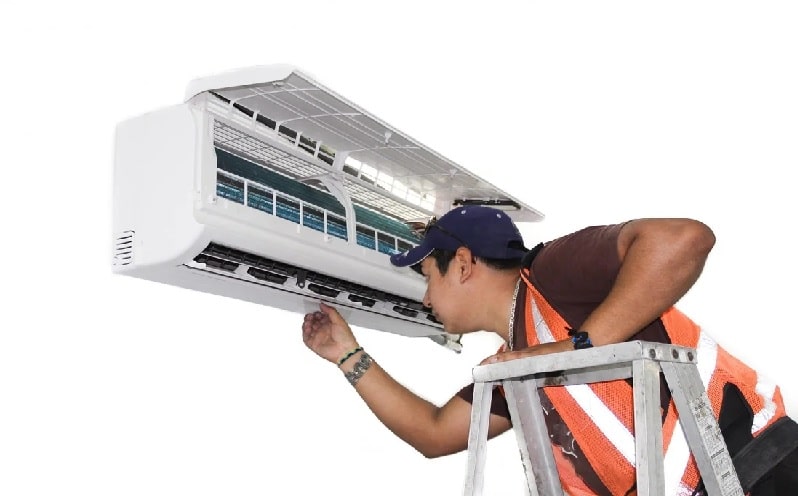As technology advances, buildings have become increasingly complex, with numerous systems and equipment working together to create a comfortable and safe environment for occupants. Building automation is the use of technology to control and monitor building systems such as heating, ventilation, air conditioning (HVAC), lighting, and security. It is an effective way to manage energy consumption, reduce costs, and improve occupant comfort. In this article, we will explore the benefits of building automation and how it can help save time, money, and the environment.
What is Building Automation?
Building automation is the integration of various systems and equipment in a building to work together seamlessly. It involves the use of sensors, controllers, and software to monitor and control building systems such as HVAC, lighting, security, and fire safety. Building automation systems can be programmed to respond to changes in the environment, occupancy, and other factors to ensure optimal performance and energy efficiency.
Benefits of Building Automation
- Energy Efficient Building
One of the primary benefits of building automation is increased energy efficient building automation systems can help reduce energy consumption by optimizing the use of HVAC, lighting, and other systems. For example, a building automation system can adjust the temperature based on occupancy and outside temperature to reduce energy consumption. Additionally, lighting can be programmed to turn off when no one is in a room, reducing energy waste.
- Cost Savings
Building automation systems can help reduce operating costs by optimizing energy use and reducing maintenance costs. By monitoring building systems and equipment, building managers can identify areas where energy use can be reduced, leading to cost savings. Additionally, building automation systems can help reduce maintenance costs by identifying and addressing issues before they become major problems.
- Improved Occupant Comfort
Building automation systems can help improve occupant comfort by providing a comfortable environment that is tailored to the needs of the occupants. For example, temperature, humidity, and lighting can be adjusted to create a comfortable environment. Additionally, building automation systems can help reduce noise levels and improve indoor air quality, leading to a healthier and more comfortable environment for occupants.
- Increased Safety and Security
Building automation systems can help increase safety and security by providing real-time monitoring of building systems and equipment. For example, fire alarms, smoke detectors, and security systems can be integrated into the building automation system, providing alerts and notifications in case of an emergency. Additionally, building automation systems can help identify and address potential safety hazards, reducing the risk of accidents and injuries.
- Environmentally Friendly
Building automation systems can help reduce the environmental impact of buildings by reducing energy consumption and greenhouse gas emissions. By optimizing energy use, building automation systems can help reduce the carbon footprint of buildings. Additionally, building automation systems can help reduce waste by optimizing the use of resources such as water and electricity.
Conclusion
Cypress Solutions Company Provide Building automation is an effective way to manage building systems and equipment, leading to increased energy efficiency, cost savings, improved occupant comfort, increased safety and security, and reduced environmental impact. By utilizing building automation, building managers can create a more comfortable and safe environment for occupants while reducing operating costs and environmental impact.
FAQs
Q1. How much can building automation reduce energy consumption?
Building automation systems can help reduce energy consumption by up to 30%, depending on the type and size of the building.
Q2. How much does building automation cost?
The cost of building automation systems varies depending on the size and complexity of the building. However, the cost can be offset by the energy savings and other benefits provided by the system.
Q3. Can building automation be retrofitted into existing buildings?
Yes, building automation systems can be retrofitted into existing buildings. However, it may require some modifications to existing systems and equipment to integrate with the building automation system.
Q4. Is building automation only beneficial for large buildings?
Building automation can be beneficial for buildings of all sizes, from small office buildings to large industrial facilities. The benefits of building automation are not dependent on the size of the building but on the optimization of energy use and equipment performance.
Q5. Can building automation systems be customized to meet specific needs?
Yes, building automation systems can be customized to meet the specific needs of a building. Building managers can work with building automation system providers to identify the specific needs and goals of the building and create a customized system to meet those needs.




